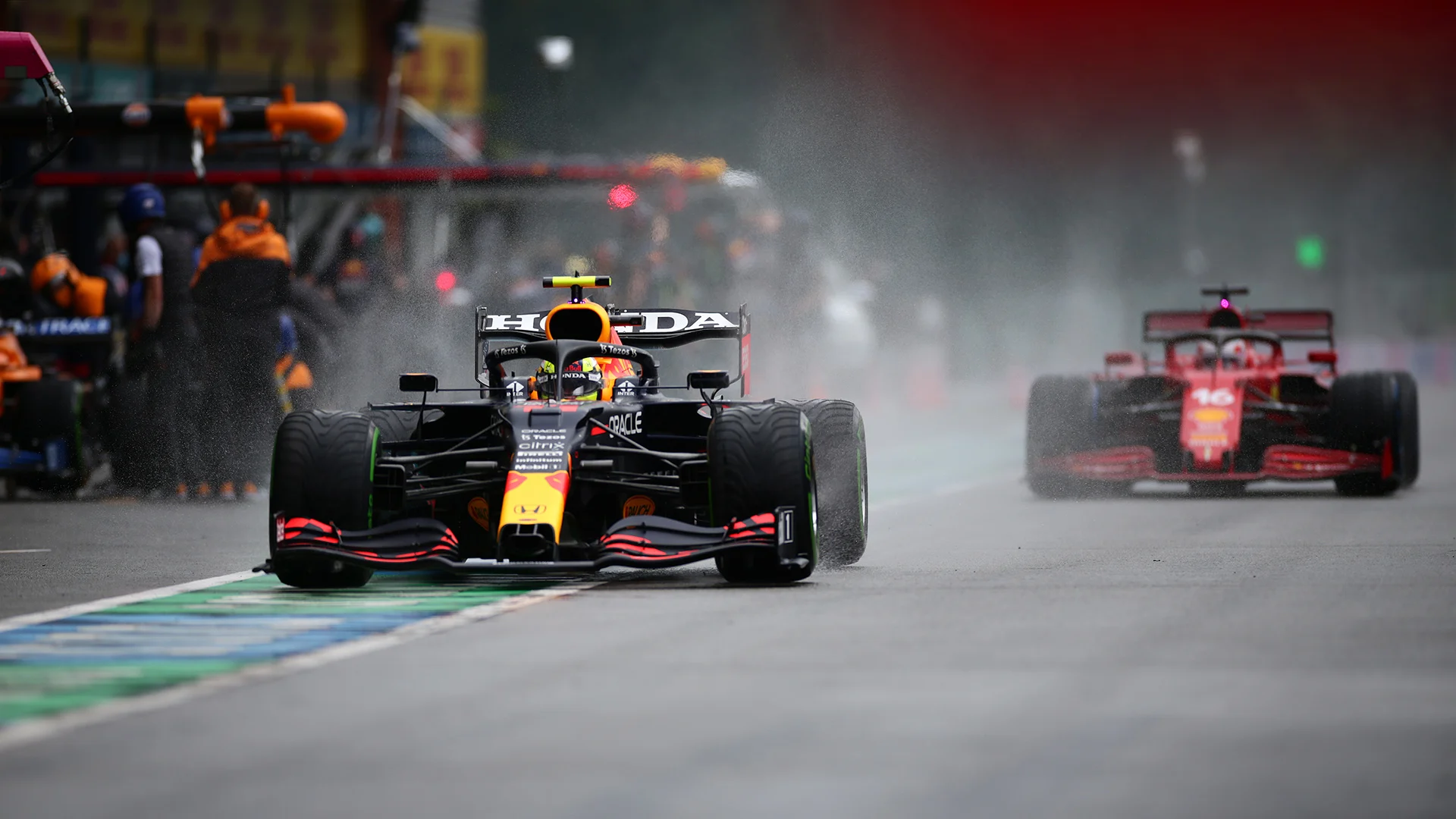It has been a wet and wild Belgian Grand Prix weekend so far and it looks set to be more of the same on Sunday, so let’s take a look at the various options available to the teams ahead of today’s race at Spa-Francorchamps...
What are the likely strategies for the frontrunners?
You don’t need an incredible memory to recall that we had an interesting strategic dynamic in play after qualifying in Hungary and then pre-race rain ensured everyone started on wet compound tyres and completely negated the whole guide.
Well this weekend, it’s kind of the opposite.
READ MORE: Verstappen denies Russell shock pole in dramatic wet qualifying session at Spa
Rain throughout Saturday ensured there was only one lap completed on slick tyres at any point, with Lando Norris testing a set of softs at the end of FP3. But qualifying took place exclusively on intermediate and full wet tyres, which means everyone has a free choice of compounds for the race.
While one-stopping can sometimes be challenging in Belgium, the cooler conditions we have seen so far this weekend make it an even safer bet than usual, and if it’s dry (though that looks like a big 'if') the likely starting tyre for those at the front will be the medium. That will give them good performance at the start but also some longevity to run until a pit window around lap 15-20, switching then to the hard tyre for the rest of the race.
A similar option is to start on the softs and then make the switch to the hard earlier, which could be a good tyre if there’s any drizzle around but also offers less flexibility if heavier rain is predicted later in the race and teams want to extend the first stint to fit intermediates. Switching to hards as early as lap 11 was possible last year and running to the end, although some careful management was required.
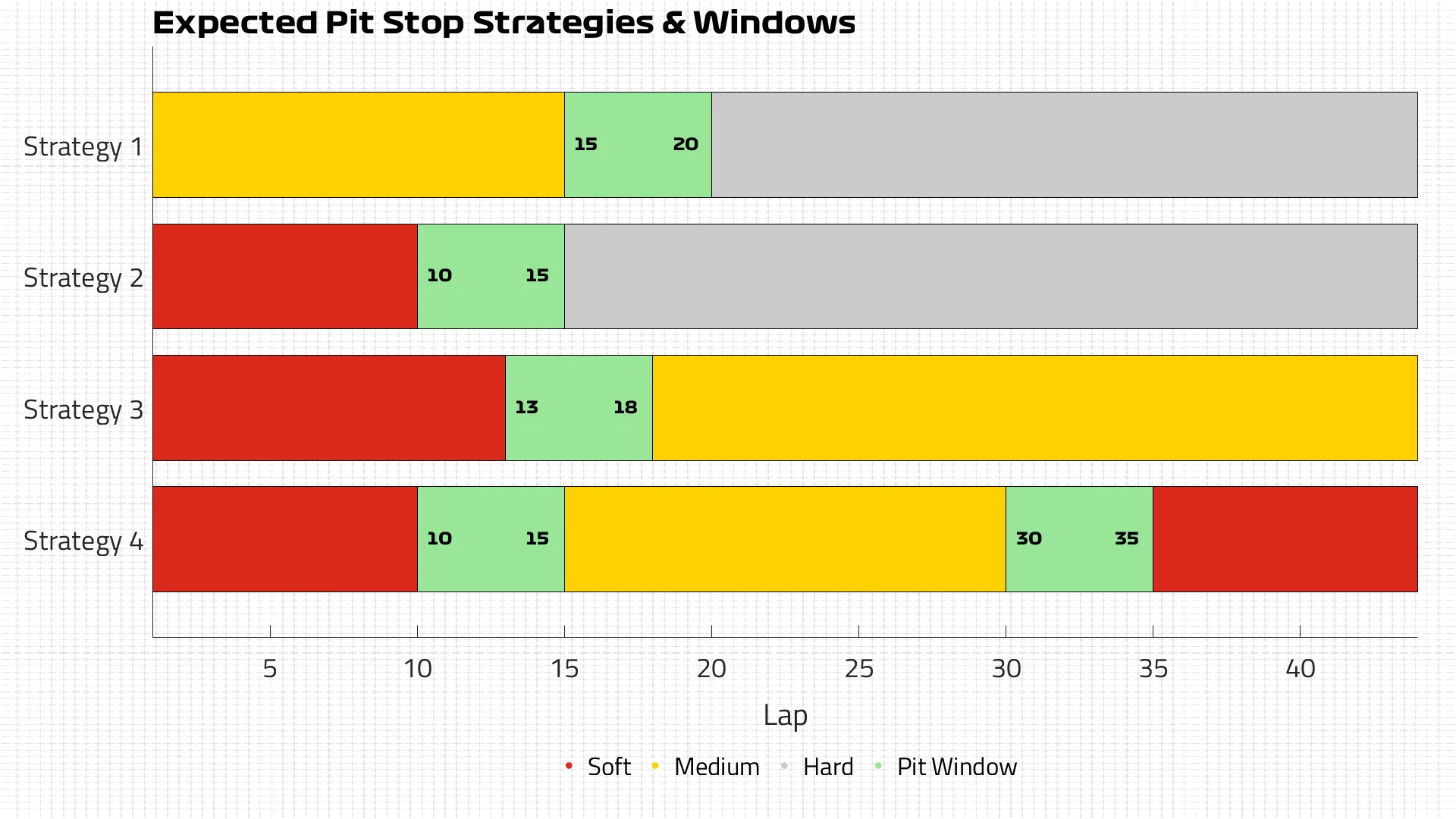
How about the rest of the top 10?
Essentially the top ten are all frontrunners this weekend, with seven different teams in the top eight after an extremely competitive qualifying session. But for the likes of Sergio Perez – in a very quick car but slightly out of position – there is an aggressive option to look at.
For someone who is kind to their tyres, starting on the softs and making them last beyond lap 15 opens up the possibility of then fitting mediums. By avoiding the hard compound, the overall lap time is likely to be quicker and warm-up a bit easier in cool conditions, especially with the added grip you get if there is any light rain that doesn’t warrant a switch to wet compounds.
The data shows the medium can run for 30 laps (see the graph below) before properly losing performance – only five laps shorter than the hard – so it’s possible to use it for the second part of the race but will mean a more conservative second stint than those going for the hardest compound in the range. Again though, heavy rain could negate this entirely.
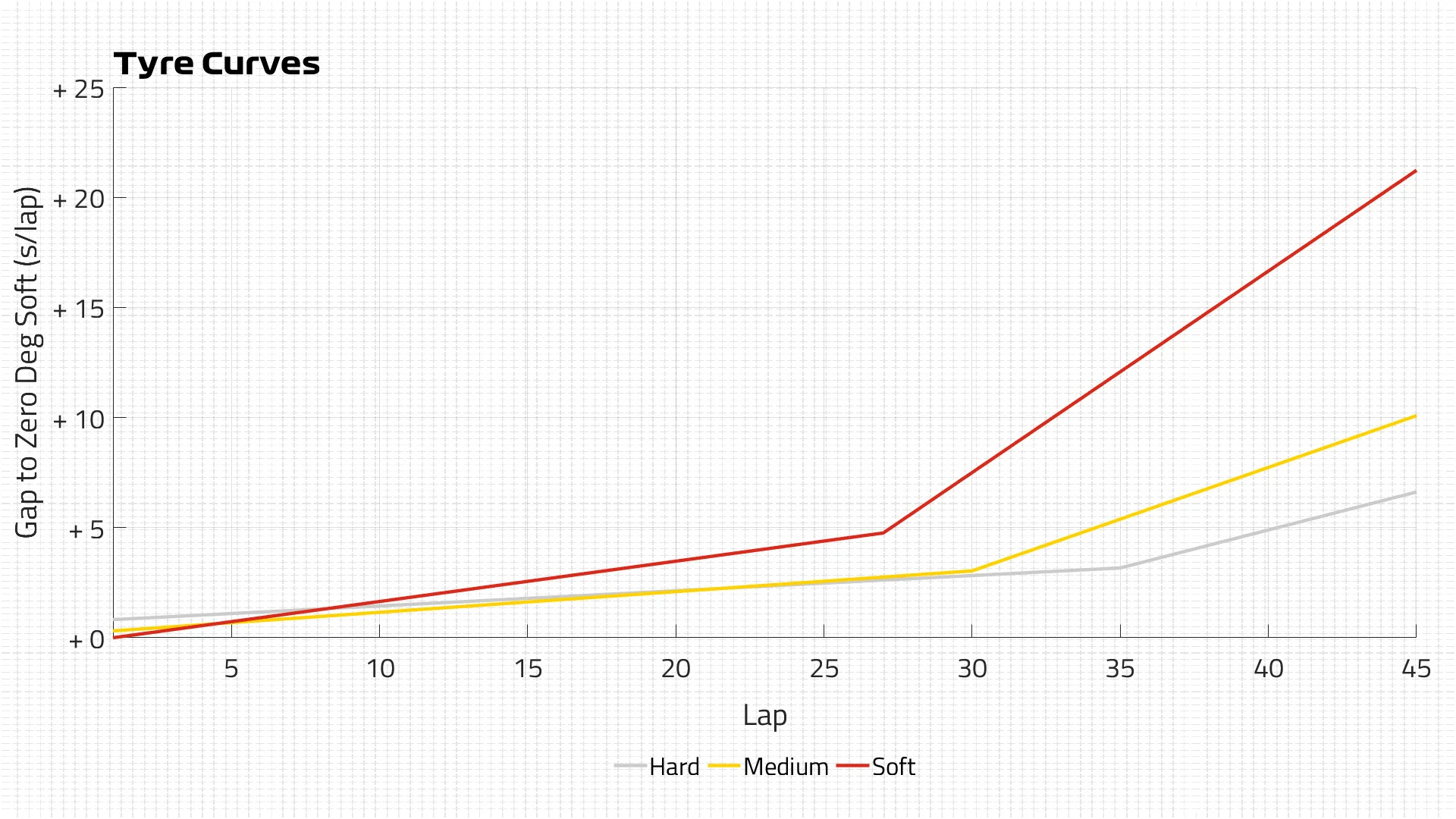
What are the options for the bottom half of the field?
Aside from the three strategies mentioned above, the cooler conditions could also lead teams to prioritise time on the softest compound. An even more aggressive variant of the soft-medium would be to push the softs hard early on, switch to the medium for 20 laps and return to the softs for an attacking final stint.
This could be most attractive to teams that have cars capable of overtaking – such as Mercedes with Valtteri Bottas outside the top ten – but the main argument against is that each stop will cost you around 18 seconds in green flag conditions, so it’s a lot of time that needs making up.
HIGHLIGHTS: See all the action from a thrilling qualifying session for the Belgian GP
But one of the other things going for this strategy is the weather forecast (below), and specifically the unpredictability of it. With no knowing if and when there could be rain, attacking the race and expecting to switch to wet tyres at some stage could be a gamble worth taking.
All of the above strategies are open to everyone, too, because they’ve saved so many sets of dry tyres with all the wet running on Saturday.
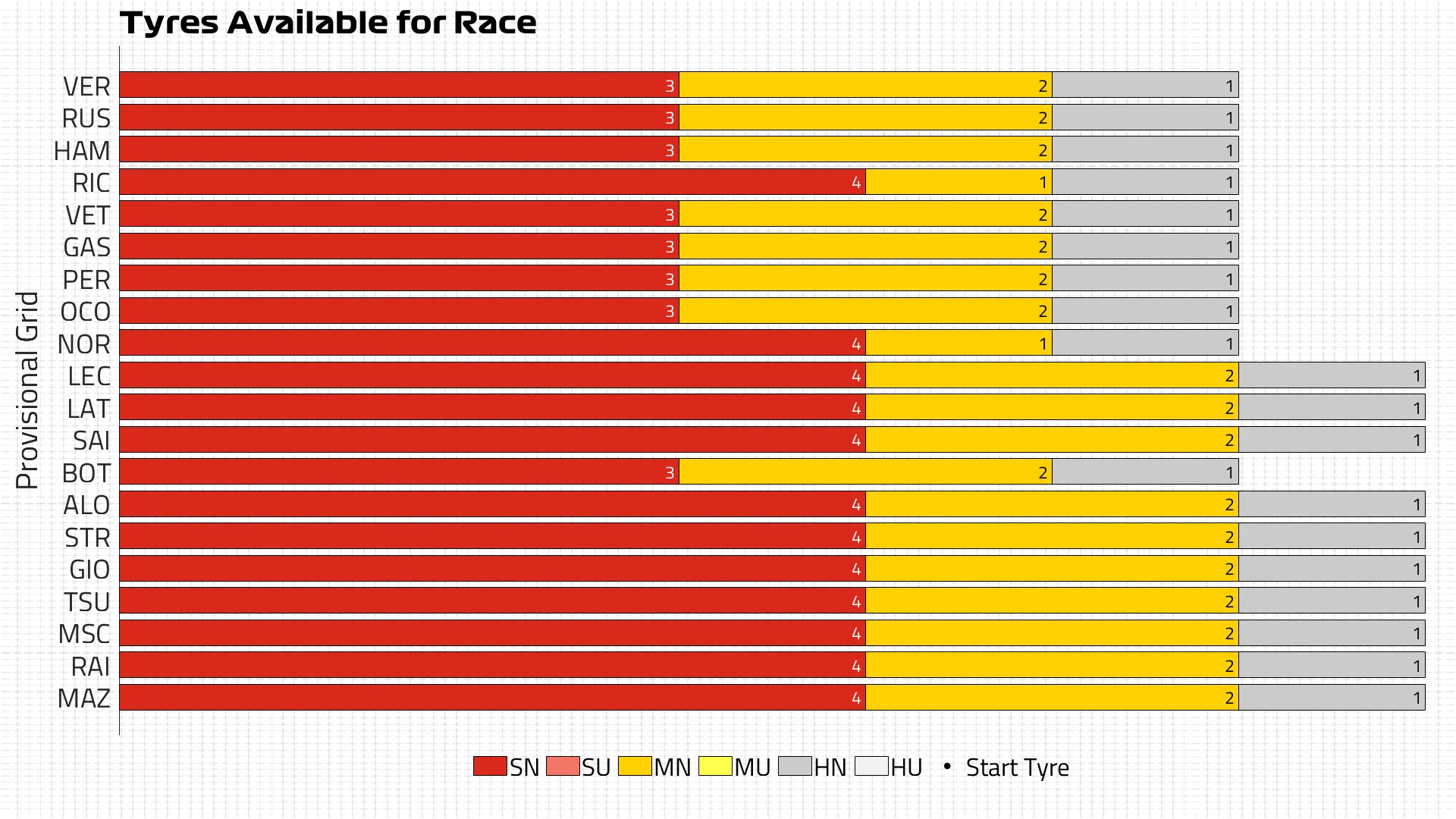
Wait, but what’s the weather doing?
And here is the most important question of the whole race weekend.
If you watched qualifying you will have seen just how difficult the weather conditions have been at Spa so far, and not just from an F1 perspective. The first F3 race of the day was delayed due to rain and low cloud, then the last one – also delayed due to the other incidents in qualifying – started wet but without rain, saw sunshine nearly dry out the track and then a downpour caused a treacherous finish.
After a very grey and wet start to Sunday morning at the track, the official forecast has increased to an 80% chance of rain during the Grand Prix, and the weather seen on Saturday could well be repeated throughout race day. It will certainly be cool whatever happens, with temperatures expected to stay well below 20C, making the one-stop strategy easier to manage but the soft tyre an attractive one to be on, if slicks are able to be used.
WATCH: On board for George Russell's stunning P2 lap in Belgian GP qualifying
Realistically, it will be a massive surprise if wet tyres aren’t needed at some stage during the race, and that’s exactly what teams have been expecting too, with the likes of George Russell and Pierre Gasly opting against using an old set of intermediate tyres in Q3 due to the need to protect the wet rubber for the Grand Prix itself.
Wet weather also tends to lead to more incidents and Safety Car periods, which in turn can provide chances to make pit stops and lose less time. A pit stop made under Safety Car or Virtual Safety Car conditions will cost only 11 seconds in race time, and as last year showed – when an earlier Safety Car saw the only stops made at the front – teams are usually keen to take that sort of opportunity.
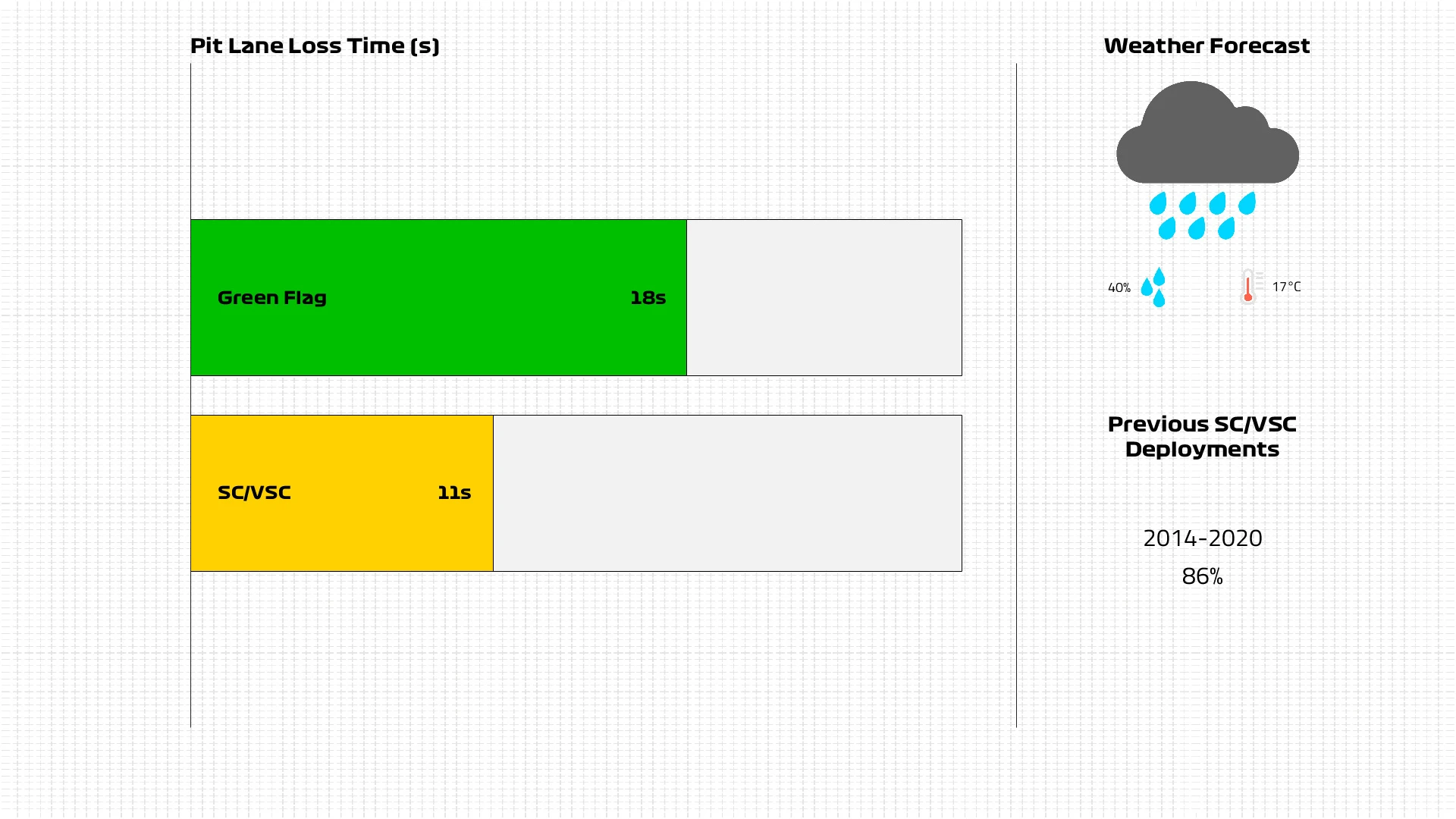
Next Up
Related Articles
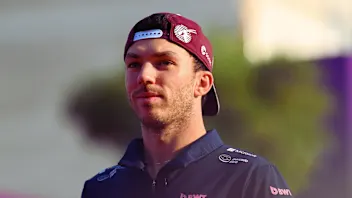 ExclusiveWhy Gasly feels ‘ready for my time’ in F1
ExclusiveWhy Gasly feels ‘ready for my time’ in F1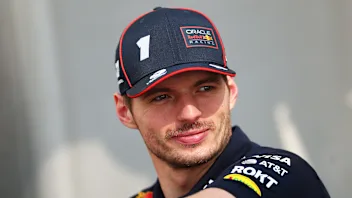 Verstappen reflects on Mercedes talks and F1 future
Verstappen reflects on Mercedes talks and F1 future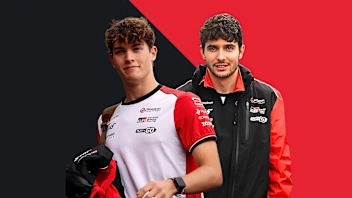 End Of Year Reports 2025Haas’ best and worst moments from 2025
End Of Year Reports 2025Haas’ best and worst moments from 2025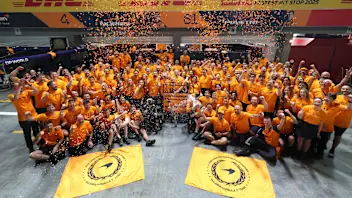 PalmerJolyon Palmer picks his top performers in 2025
PalmerJolyon Palmer picks his top performers in 2025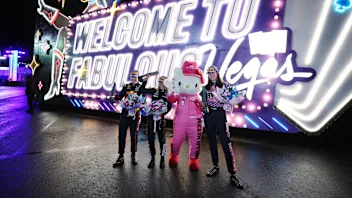 F1 AcademyThe best off-track stories of the F1 ACADEMY season
F1 AcademyThe best off-track stories of the F1 ACADEMY season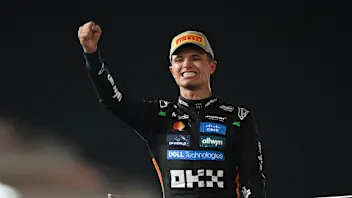 The elite group Norris joins as McLaren World Champion
The elite group Norris joins as McLaren World Champion

